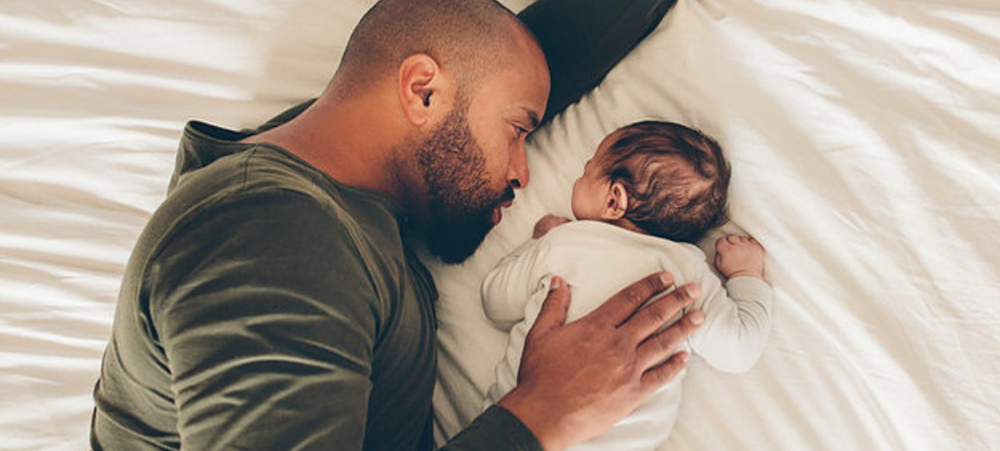Before going out and buying a high chair it’s important to know the safety requirements. A US study found that more than 9 400 children, aging three years and younger, were treated each year for high chair related injuries in emergency rooms from 2003 to 2010. That’s one child every hour!
Nearly all of these injuries were as a result of a fall where the child either climbed in or out of the chair or stood in it. Majority of the injuries seen were head injuries (37%) then bumps and bruises (33%) followed by lacerations (19%). Most of us use our high chairs in the dining room or kitchen where the flooring is usually hard, so you can imagine the impact this has on a small brain.
This has prompted the US to update their safety standards (unfortunately there are no available statistics for South Africa). From mid-2019 all high chairs in the US will have to have a passive crotch restraint and a three-point restraint system, which means there has to be a fixed post that sits between a child’s legs and restraints that are fixed to the high chair in three different places. They found that children were able to slip out the bottom of a high chair and hope a fixed post will prevent this.
High chairs are not recommended for children younger than 6 months of age. A child is only ready for a chair once they have good head and neck control and are able to sit up on their own. If one is used too early a child could experience positional asphyxia. You may however, be able to start a little sooner with a reclining high chair.
CHOOSING THE RIGHT HIGH CHAIR
Framework: choose a high chair that is sturdy. Put some weight on it and see if it squeaks, deforms or moves or collapses.
Gaps: make sure there are no gaps your child can slip out of. Also chair-related check for gaps that little fingers can get caught in.
Harness: choose a high chair with either a three-point or five-point harness that includes a crotch strap or a post. The restraint should go over the shoulders, around the waist and if a five-point harness then between the legs.
Wide base: a high chair becomes top heavy when your child is in. Choosing a chair with a wide base will make it more stable so that it does not tip easily.
Wheels: if you choose a high chair with wheels, make sure they can be locked when the chair is in use.
Folding locks: if the high chair folds check that the locks work well enough so that the chair cannot fall or collapse when in use.
Joints: choose a high chair with metal joints. These are stronger than plastic, which can crack after time.
Safety standards: make sure the high chair meets current safety standards and has been approved by an international safety authority.
BOOSTER SEATS AND HOOK-ON SEATS
Please be careful when you use these chairs. If not used correctly these seats can be dangerous.
Hook-on seat: These chairs are mounted directly onto a table and should only be used once your baby has good head and neck control and can sit upright. The mounts must be slip resistant and because this seat carries the entire weight of your baby the table has to be strong so that it does not tip over.
Booster seat: These seats are attached to normals chair by straps to raise a child’s height. They are usually used when a child has outgrown the high chair but is not quite tall enough to sit at the table unaided. They should also have straps to keep your child in the seat.
KEEPING YOUR CHILD SAFE IN A HIGH CHAIR
- Never leave your child unsupervised when they are in a high chair.
- Always use the safety straps when your child sits in the chair, even if only for a few minutes. The tray is not a restraint.
- If the chair folds, make sure it is locked each time you set the chair up.
- If the chair has wheels, make sure they are locked each time you set the chair up.
- Never allow your child to stand in the high chair.
- Do not place the high chair near a counter or table. Your child may be able to push against the surface and cause the chair to tip over.
- Don’t allow older children to climb or play on the high chair while another child is seated in it because it could tip over.
- Position the high chair at its lowest possible height if this is adjustable.
- Make sure potential hazards such as hot food, drink and sharp cutlery are out of reach.
When choosing a high chair opt for an age-appropriate one with plenty of safety features. It’s also important to check often for recalls once you have purchased your chair. High chairs are commonly recalled because of their safety issues. Recent recalls include the Skip Hop Tuo convertible high chair and the Graco Table2Table 6-in-1. You can check http://www.recalls.gov to see if your high chair has been recalled.
RESOURCES
https://journals.sagepub.com/doi/abs/10.1177/0009922813510599
- How Safe Are Teething Gels? - November 19, 2025
- 10 Essential Tips To Prevent Poisoning In Your Home - October 29, 2024
- A Bump To The Head: When Should You Worry? - October 25, 2024





